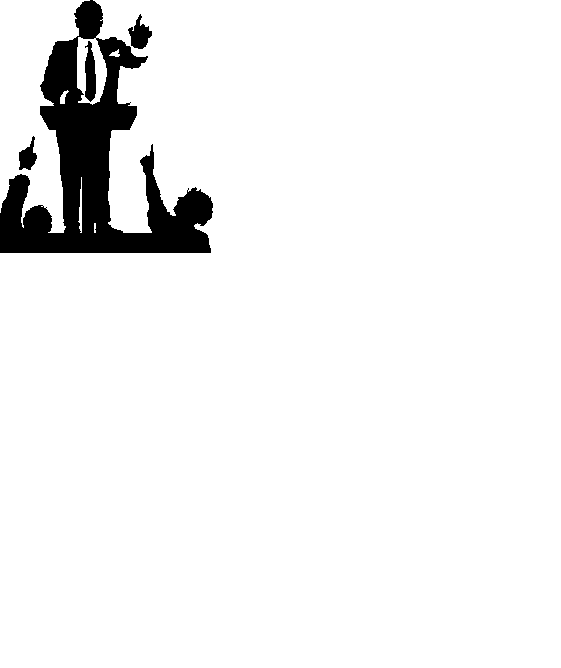Text B. Transport for tourism
Transport for tourists can be divided into three main categories: journeys by air, journeys on water, and journeys on land. Within each category there are several types of transport.
Air travel usually means a short-haul or a long-haul international flight, operating from large airports, which in big cities often have more than one terminal building. But in some more remote places there may be little more than a small airstrip with only one simple runway for planes to land and take off. At some tourist destinations air transport may include short transfers or sightseeing trips by helicopter.
Journeys on water can include luxury cruise ships, which take tourists on all-inclusive holidays of three days or more, visiting a number of different locations. Passengers sleep in cabins, and have a full range of services on board. They are looked after by a team of stewards, with a purser in overall charge of tourist services. Ferry crossings are usually much shorter journeys connecting two points of land or going between islands. The ferries will stop at a large port or a small harbor.
Land travel is probably the most diverse category. It includes rail journey by trains, departing from a large terminus and stopping at stations en route. Passengers sit in separate carriages or coaches. The most common form of transport by road for tourists, if they don’t have their own car, are also called coaches. These vehicles can either travel from city to city along fast motorways (or sometimes quieter roads), or they can be used for transfers from airports and other small journeys. Very often they are used for sightseeing trips when as well as a driver there will be a tour guide to tell the passengers about the sights.
I. Which sections would you put these words in?
Pilot, airport, airplane, flight, guard, station, train, ride, cruise, cruise ship, port, steward, light aircraft, terminal, flight attendant, crossing, liner, harbor, purser, journey, coach, carriage, driver, ferry, bus, car, motorbike, bicycle, helicopter, runway, cabin, pier, terminus, motorway, track, conductor, tour guide, drive, tour, ticket collector, tunnel, yacht, taxi.
| Method of travel | Journey types | Transport types | Places and features | Tourism professionals |
| Air | ||||
| Water | ||||
| Land |
II. What types of transportation have you used? Think of the best and the worst journeys you have ever made. Exchange ideas with a partner.
III. Make notes of advantages and disadvantages of various methods of travelling. Present your ideas in class. You can use the following text as an example.
The advantages and disadvantages of travelling by train
Travelling by train has lots of advantages. There are no stressful traffic jams, and trains are fast and comfortable. You can use the time on board in different ways. You can just sit and read, or watch the world go by. You can work, or you can have a meal or a snack in the buffet car.
Travelling by train also has some disadvantages. It is expensive and the trains are sometimes crowded and delayed. You have to travel at certain times and trains cannot take you from door to door. You need a bus or a taxi to take you to the railway station.
I prefer travelling by train to travelling by car. I feel more relaxed when I reach my destination.
D i a l o g u e s
a) Read the dialogues.
At the check-in desk
Passenger: Good afternoon! I would like to check in for the flight to Rome. Can I do it here?
Clerk: Yes, sir. It is a check-in desk for this flight. May I have your passport and ticket, please?
Passenger: Certainly. Here you are.
Clerk: Would you put your luggage on the scales? Oh, the luggage is too heavy. In such a situation you have to pay an extra charge, I`m afraid.
Passenger: I will take out this trade literature then.
Clerk: Could you put your luggage on the scales again, please? Everything is all right now. You may take your passport and ticket. Here is your boarding-pass. Please, proceed to gate number 30.
Passenger: Thank you very much.
At the information desk
Passenger: Is the plane for Amsterdam leaving on time?
Clerk: Unfortunately, there will be a delay, but it probably won`t be over thirty minutes. We have a comfortable departure lounge here. Will you go there and wait for the announcement?
Passenger: Thank you very much.
Clerk: You are welcome.
Lost luggage
Passenger: Excuse me, I’m afraid I can’t find my suitcase.
Airport employee: Oh dear. Can you tell me which flight you were on, please?
Passenger: Yes, I took Flight 357 to Atlanta and then Flight 557 to Tokyo.
Airport employee: OK. And could you tell me what your name is , please?
Passenger:Yes, that’s Danniel da Sousa.
Airport employee: Thank you. Now, your suitcase. What does it look like?
Passenger: It’s a large green plastic suitcase with wheels.
Airport employee: Can you tell me if it has your name on it?
Passenger : Only the label from the airline.
Airport employee: Do you have the baggage label they gave you in Rio?
Passenger :Yes, here it is.
Airport employee: Thank you. Now, can you tell me where you are going to stay in Tokyo? We’ll send your suitcase to you as soon as possible.
b) Learn and reproduce each of the three dialogues above.
c) Role-play similar situations using the language from the unit.

C o n v e r s a t i o n
